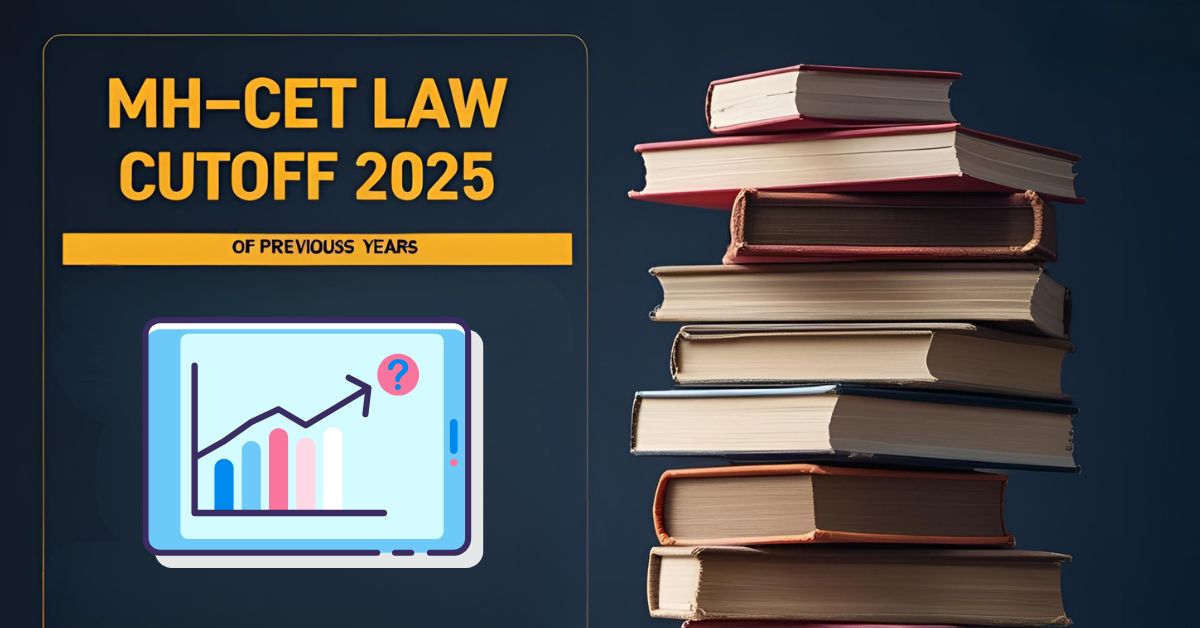CLAT Age Limit 2026

For years the Consortium has maintained the same laws or CLAT eligibility criteria for students taking the CLAT examination. Coming to the CLAT age limit for 2026, there is expected to be no change as in the previous years.
Table of Contents
What is the CLAT Age Limit?
The CLAT Age Limit is the minimum and maximum age at which an aspirant can take the examination and successfully stand a chance at securing a seat at an NLU or a reputed law school.
CLAT exam serves as a gateway to prestigious National Law Universities (NLUs) across India, and staying updated with the latest regulations is crucial. In this blog, we’ll cover key aspects of eligibility, especially regarding age limits and minimum qualifying marks, along with the tie-breaking procedure for those who may find themselves in a competitive position.
CLAT Upper Age Limit
There was no upper age limit for those appearing for the UG program through CLAT 2025 and the same is expected for students taking the CLAT 2026.
This opens doors for individuals from diverse backgrounds and life experiences to pursue a career in law, ensuring that anyone motivated to study law can apply, regardless of their age.
CLAT Lower Age Limit
- Candidates who are currently in their final year of 10+2 and are scheduled to appear for their examinations in March/April 2025 are also eligible to apply for CLAT 2026.
- However, these candidates must provide proof of passing their qualifying examination during the admission process. Failing to submit this evidence will result in losing their chance to be considered for admission.
Minimum Qualification Marks
Merely meeting the minimum age limit criteria is not it for writing the CLAT exam, candidates must have successfully completed their 10+2 or an equivalent examination with the minimum score requirements mentioned as follows:
- General Category: Candidates should obtain at least 45% marks or its equivalent in grade.
- SC/ST/PwD Category: A minimum of 40% marks or its equivalent is required for candidates belonging to these categories.
Result Submission
Upon securing admission, candidates must submit the result of their qualifying examination (10+2) as part of the admission process. The absence of this result will render a candidate ineligible for the chosen course, emphasizing the importance of having all necessary documentation ready.
Tie-Breaking CLAT Eligibility Criteria
With many candidates potentially scoring similar marks in CLAT, a clear tie-breaking mechanism is in place to determine who gets priority for admissions. The tie-breaking procedure is as follows:
1. Higher Marks in Legal Aptitude
If candidates have an equal score, higher marks in the Legal Aptitude section of the CLAT will be considered first for breaking ties.
Explore other CLAT Exam Pattern
2. Higher Age
If the scores in Legal Aptitude are also equal, the candidate with the higher age (i.e., earlier date of birth) will be given precedence.
So an older candidate will be given preference over a younger candidate.
3. Computerized Draw of Lots
Should a tie still remain, a computerized draw of lots will determine the candidate who will be offered admission, ensuring a fair and unbiased selection process.
Conclusion
By remaining informed and adequately prepared via self-preparation or enrolling in CLAT online coaching, aspiring lawyers can navigate the CLAT process with confidence and pursue their dreams of a career in law. With the right CLAT preparation and an understanding of these guidelines, candidates can position themselves for success in the upcoming examination.
Good luck to all aspiring law students!

![MH-CET Law 2025 Result OUT! [Direct Link to Score card]](https://www.lawentrance.com/blogs/wp-content/uploads/2025/06/ChatGPT-Image-Jun-5-2025-04_52_35-PM.png)



